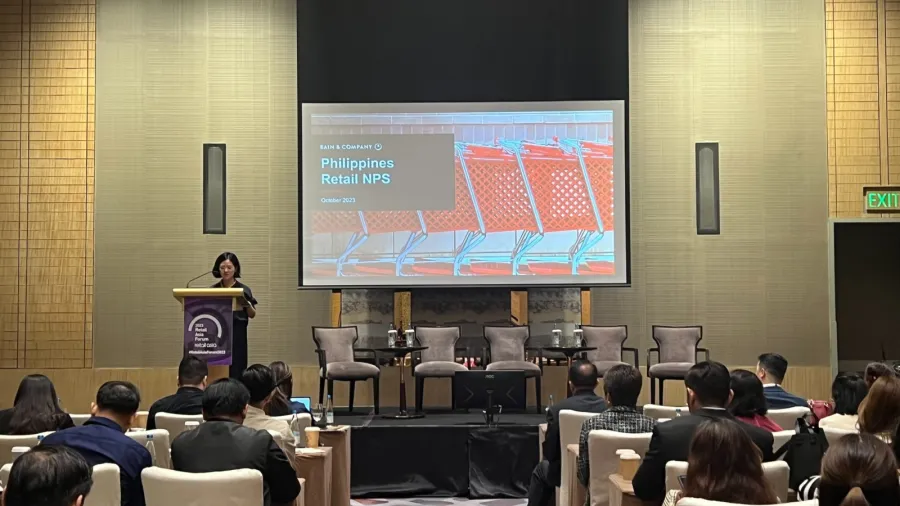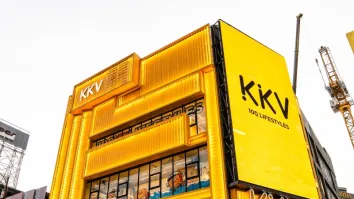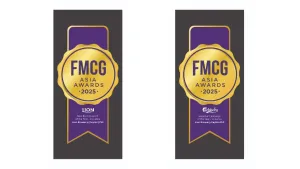
How retailers can satisfy customers and ensure a high Net Promoter Score
Bain’s Net Promoter Score measures the likelihood a consumer will recommend a business and company growth.
Philippine retailers would have to take steps that will deliver a seamless shopping experience and meet consumer demands, particularly in product assortment, to gain a high Net Promoter Score (NPS), a metric that measures company growth and how likely consumers will recommend a business to others.
Yukiko Tsukamoto, partner at Bain & Company, said that an NPS of 9 to 10 means that your consumers are your promoters, whilst a score of 7 and 8 means your customers are neutral. A score of six and below means you have detractors, or there is a high chance they will badmouth the business.
“The more promoters you have, we know your business is going to be stronger. The more detractors you have is a very good indicator that your business is going to struggle or is struggling,” she said at the Manila leg of the Retail Asia Forum.
Promoters are important for retailers in the Philippines as they spend 2.5 times more than a detractor, spending around $63 (PHP3,600) on average a month, higher than the $26 (PHP1,500) average spent by detractors.
Per sector, warehouse clubs such as Landers and S&R have the highest NPS at 65%, followed by hypermarkets such as Puregold and SM Hypermarket with 54%, wet markets with 46%, Supermarkets with 46%, and online platforms with 38%.
Consumer value stores (CVS) such as 7-Eleven, Alfamart, and Uncle John’s have the lowest score at 12%, the Bain & Company report showed.
Tsukamoto pointed out that wet markets are not necessarily the most convenient location, but this is still a big shopping place for Filipino consumers, accounting for around 50% of the grocery shopping due to the fresh products they offer.
“We see this as a transition…What this tells us is that the modern retail fresh product offering is probably not on par, and that makes this wet market have a high NPS shopping experience for the Filipino consumer,” she noted.
Other drivers of NPS are convenience, assortment, price/value, loyalty/rewards programme, and support and after-sales.
Warehouse clubs are high on assortment, whilst hypermarkets and supermarkets have high convenience and assortment scores and CVS is high on convenience.
“Convenience, assortment, and price/value are the most important three criteria across whatever the retail channel you are in, except for the online,” she said.
“The shopping experience needs to be easy. They have to have what I want to buy and the price/value needs to be there,” she added.
Meanwhile, for online platforms, measured using drivers such as price/value, convenience, online user interface/user experience, pick up/delivery, and assortment, Tsukamoto said the NPS score is quite similar and not differentiated from that of the physical stores.
Improving operations
Retailers should focus on specific aspects of the shopping experience, such as improving customer service in every customer episode, providing consumers with the right personal care items, and focusing on in-store food selection by ensuring cleanliness and hygiene.
She also added that retailers should always optimise their assortment to meet their demands.
Retailers should also remain agile and develop feedback channels to know what customers think and ensure differentiation.
Aside from this, retailers have to optimise e-commerce profitability, but Tsukamoto said that this is “easier said than done.”
“A lot of offline players, including the US and Europe, none of them have a higher profitability on their online business and their offline business,” she said. “Online businesses, for a brick-and-mortar retailer, is a profit diluted business move.”
“But they still need to do it because, when you look at more mature markets, Lazada, Shopee, Amazon, and Yahoo are the number one and two leaders, and they will take your ship out. Even if it is a market profitability diluted move, if you do not play in this area, your market will naturally shrink,’ she added.
She also noted that retailers have to adopt the latest technologies as they will reap benefits in the near term if implemented well. They may see an increase in revenue, decline in cost, improve efficiency, enhance customer experience, and boost employee satisfaction.
$1 = PHP56.85



















 Advertise
Advertise





